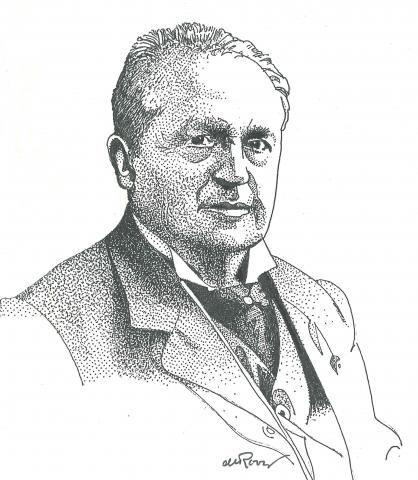A revised and updated version of
Abraham Kuyper: An Annotated Bibliography 1857-2010 by Tjitze Kuipers (2011)
You can buy a printed edition of this book on the site of the publisher.
1870
The intention behind the Bijbel-album was to publish, in twenty installments and in cooperation with more than fifteen theologians, a history of divine revelation illustrated by forty steel engravings. This first part contains the introduction and two engravings. A prospectus, likely authored by Kuyper, is printed inside the cover.
In the introduction Kuyper asserted the authority of the Scriptures as the Word of God in such an unquestioning way that five contributors withdrew their commitment. Indeed, no subsequent installments of the Bijbel-album were published. Kuyper resigned as editor after consulting with the publisher and the edition was discontinued. Kuyper’s justification for his decision may be read in the preface to 1870.32.
The two steel engravings—Moses looking at the promised land and the capture of Babylon by Cyrus—were drawn by Cassel and engraved by J.F.C. Reckleben and by D.J. Sluyter respectively. The publisher H.C. A Campagne had already used prints of both engravings in a deluxe edition of the Bible intended “for all social classes” and printed in installments from 1863 to 1866. The same engravers also produced the illustrations for both volumes mentioned in connection with 1869.13.
Kuyper sought co-authors for the Bijbel-album in a circular letter dated November 11, 1869. Although no copy of the letter has been discovered, D. Chantepie de la Saussaye makes reference to it in a letter to Kuyper dated December 18, 1869 (KA 118).
Kuyper was the lone author of a similar—but much more prestigious—work, which he successfully saw to publication forty years later (see 1912.13).

